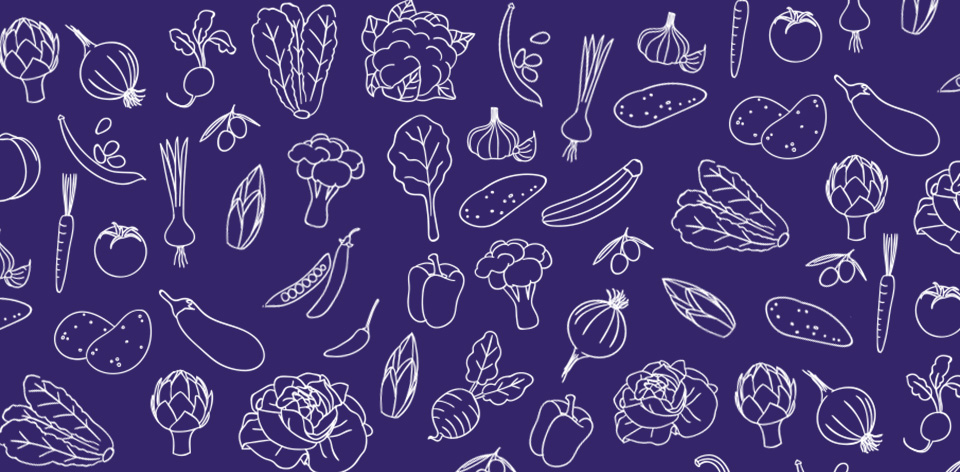How to Healthfully Feed a Hungry Family

Feeding your family a healthy dinner every night should be relatively easy—that is, in a perfect world. But mix in obstacles like two working parents, a head-spinning array of extracurricular activities, an excess of distracting food choices, and perhaps even a limited food budget and the simple task suddenly seems like a Herculean endeavor. With three always-hungry teen boys at home and living the hectic life described above, it’s tempting to hit the drive-thru for dinner after a day of long meetings, kids sports practices, and finishing my own workouts. But a quick-fix of fast food does very little to refuel our bodies with the quality nutrients needed to support growth, improve muscle recovery, increase brain function, and fight disease.
For the benefit of our bodies (and my sanity), I’ve developed three strategies that take the worry and weariness out of putting a wholesome dinner on the table day-in and day-out. While these meal strategies require a bit of advance planning, the small time allotment spent up front pays off with healthy, delicious dividends in the end—not to mention you’ll have more free time to take a post-dinner walk or bike ride with the family and catch up on the day’s adventures
Strategy #1
Restock Healthy Pantry Staples (once a month)
It’s a snap to make healthy dinners—even spur-of-the-moment snacks and meals—when the pantry shelves are filled with a variety of good-for-you foods. A peek inside my pantry reveals a diverse group of healthy whole grains like brown rice, quinoa, whole-wheat spaghetti, faro and more. I’ve found I can make old dinner recipes more exciting by subbing in some of these more unusual ingredients. Plus, whole grains are much healthier than “enriched” products since the hull of the grain is left intact—preserving fiber along with vitamin and mineral content. Other items stocked on my shelves include canned beans, herbs and spices, heart-healthy oils, nuts and dried fruits. Pair any combination of these pantry staples with a lean protein and fresh produce and you’ve got a creative, timesaving dinner on your hands.
Strategy #2
Giant Batch Grilling and Slow Cooking (once a week)
When it comes to preparing lean protein, I rely on a slow cooker or grill to make 7–10 pounds at once. We obviously don’t eat that much meat in one sitting, but I use these “leftovers by design” in the remainder of the week’s recipes. Any scraps left uneaten are packaged up into single portions and frozen for a jump-start on breakfast tacos and scrambled eggs on crazy mornings.
Initially, cooking giant batches of meat may seem like a chore meant for a seasoned cafeteria professional, but after one or two goes at it, you’ll swear by the convenience, time savings and other economies of scale it provides you—like saving money from buying meat in bulk. For slow cooking in big batches, you’ll want to find a slow cooker that has a minimum 10–12-quart capacity (or larger if you can find one). A beef chuck shoulder roast—the classic “post roast”—is a no-fail cut. The roast is also surprisingly lean and any excess fat can be skimmed off the top of the cooking liquid. Other lean protein choices that work well with the slow cooking method include boneless, skinless chicken breasts and pork sirloin roasts.
In warm weather months, I crank up the grill and prepare a week’s worth of protein while relaxing on the patio. Beef sirloin steaks are a very versatile choice for the grill as are chicken breasts and meatier fish that hold together well (like salmon). Rotate through a variety of marinades and dry rubs, and you’ll never get bored.
Strategy #3
Pick-Up Fresh Produce and Refrigerator Basics (twice a week)
Even with all this meal planning, I still swing by the market a couple times a week to pick-up fresh fruits and vegetables, dairy products, and other perishables. Instead of arriving without a plan and ending up with a cart full of junk though, my mission is to quickly seek out whole foods that can round out our meals. Eggs, milk (dairy and almond), and plain Greek yogurt are always on my list, but choosing vibrant, vitamin-packed produce is the highlight of my trips. With half of my plate dedicated to fresh fruits and vegetables, my first stop is always the produce section to replenish spring mix lettuce, tomatoes, kale, cauliflower, sweet potatoes and other favorites.
In order to maximize freshness (and my budget), I target the seasonal produce that’s on sale. Knowing I have already prepped lean proteins and have healthy pantry staples back at home, there’s no excuse for me not to whip up a quick and healthy family meal.






